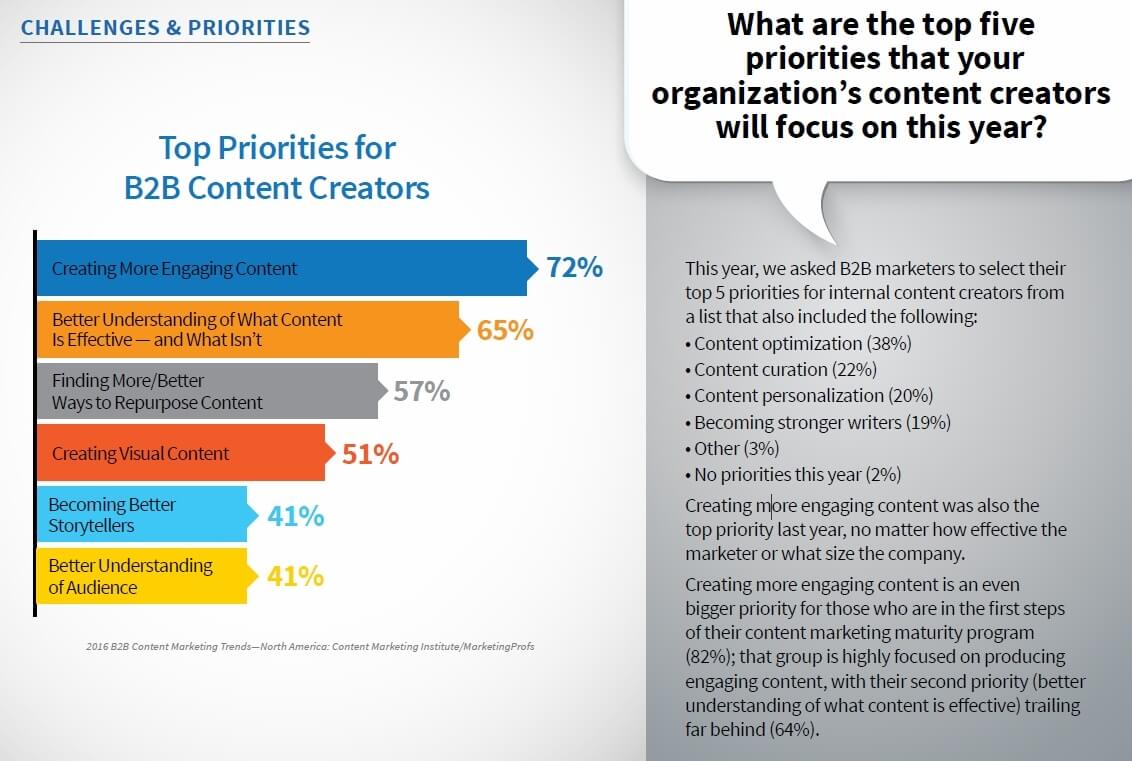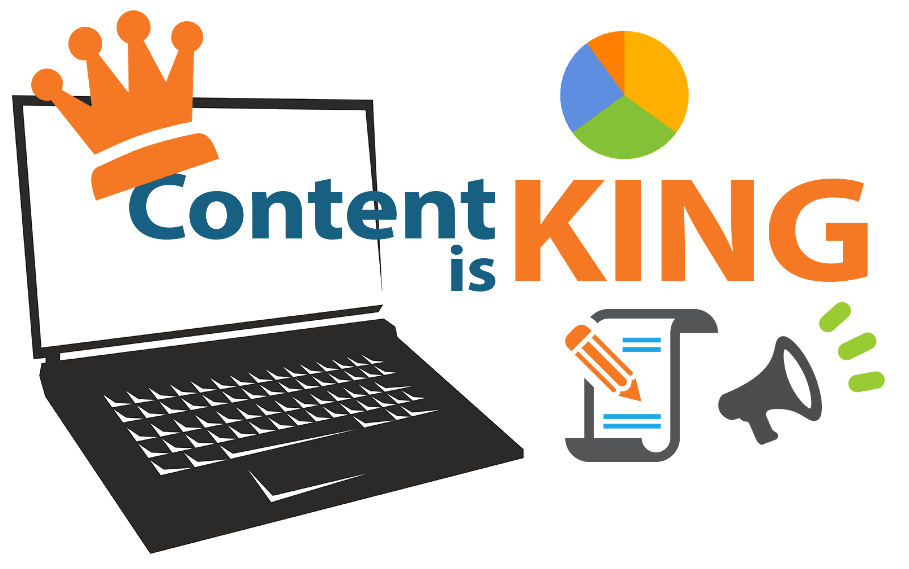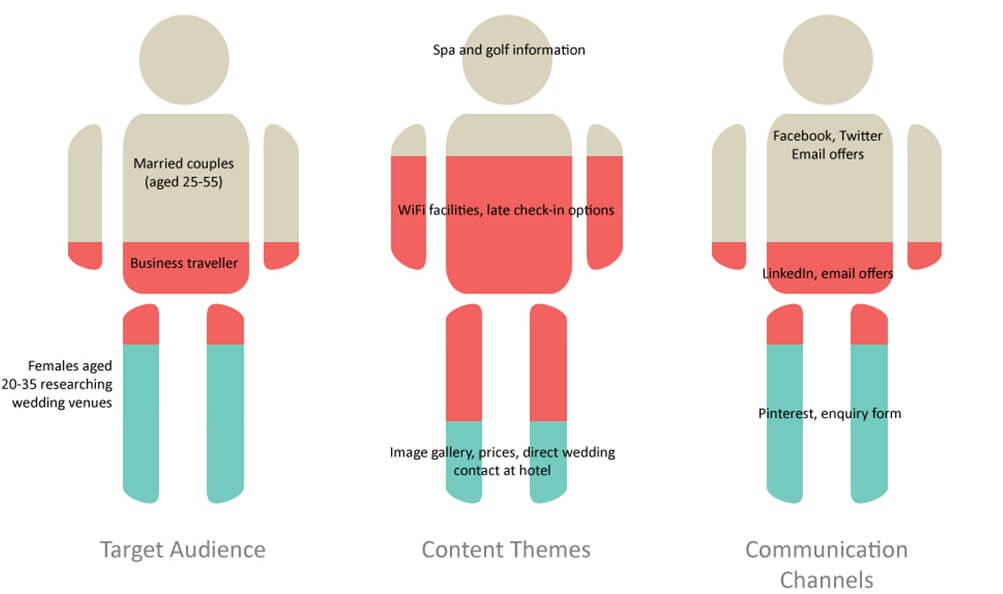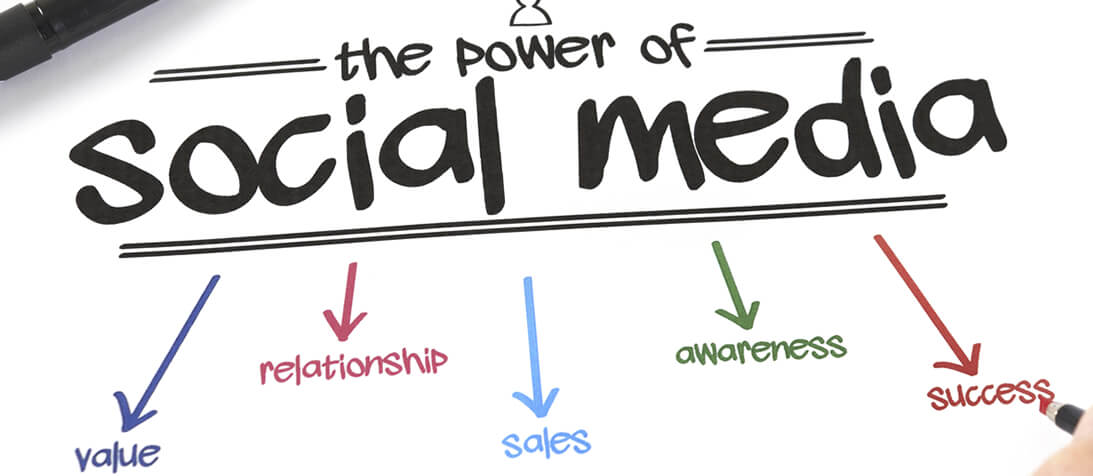Digital Marketing, a recently sprung technology has become a hot topic in the field of technical advancements.
But, those digital marketing executives out there will be aware about the latest buzzword in the digital marketing .i.e. Content Marketing.
A successful content marketing strategy is a dream of many entrepreneurs out there.
But, not all of them know the proper way of content marketing that is appropriate according to the Google’s algorithm. There are some hacks for planning the content marketing such that it can become a successful content marketing strategy.
Here, you will find 8 such key factors that you should keep in mind in order to plan a content marketing strategy.
These are the points that are supposed to be kept in mind while creating the content for the content marketing. Move on and find them out!
Keys for Successful Content Marketing Strategy
1. Define Your Purpose

First of all, you need to figure out for what purpose you are planning to market your content. What should be the purpose of the content in order to achieve your marketing goals.
Undoubtedly, content marketing has become the best marketing channel to gain appropriate ROI on the business. But, you might have various goals like build brand identity, gain traffic, increase sales growth, or any other.
When you have defined your actual purpose behind content marketing, you will be able to design the content and mould the sentences in such a way that it will let you achieve your desired goal.
Always identify the purpose behind the content before beginning with the content writing.
Read Also: Digital Marketing Trends that need a Tweak in 2018
2. Set the Priority

In the content marketing strategy, content writing is not only enough, you must know various other factors that matter in the proper marketing of the product.
Once you have managed to identify your purpose behind the particular content, set the priority list of the purposes content is been established for.
When you prioritize your goals, you would be able to make the content creatively and would focus on the goal that you want to achieve.
It would be great if you can set the priority so that you can plan the entire marketing strategy accordingly. If your business is lacking in social media, prioritize it and focus on the same for the content management.
Read Also: Best Social Media Tools for 2018
3. Focus on the Quality

Quantity does not matter, all you need to work on, is Quality, when it comes to content. Google or any search engine always analyze the content on the basis of its quality.
High quality content significantly gets more reader attraction on social media as well as gets higher ranking on search engines.
If your content maintains the quality, it is supposed to gain high attention from the stakeholders of the industry and may gain higher sales growth.
Hence, always focus on quality and do not create the junk content for your website.
Read Also: Marketing Tactics for Small Businesses That Don’t Demand a Huge Spending
4. Never Ignore SEO
Developing a website with finely designed graphics and high quality content will lead you nowhere. Neither you can gain more traffic on your business, nor sales growth.
You need to run a SEO campaign for your website. Content marketing is only useful as it connects the business with social media and search engine.
By using certain basic steps of SEO, you can spread your content and business like a wildfire among the web.
Though content is not the only way of marketing, but it is one of the most essential as well as important way of marketing for your business.
Never forget to do SEO of the content on your website.
Read Also: Best SEO Techniques That Will Help You In 2018
Read Also: How To Foster Your Local SEO Via Online Customer Reviews
5. Know Your Audience

Along with the purpose and SEO, you also need to have a look on the audience where you are publishing your content.
For an instance, if you publish a content in Spanish language in a country other than Spain, the audience may not be able to read it and will probably ignore the content and your content marketing strategy will gain a great negative result.
So, before you churn the content, you need to check whether the content would be valued by the audience or not.
Also, understanding your audience will let you produce the relevant content that the target audience would like to share.
Read Also: Link Building Strategies That Will Enhance Your SEO Efficiency
6. Publicize the Content

Once the content is produced, publish it on your website. Your plan to market your content should be entirely beyond the plans you have used till now.
It should be unique as well as productive. Research about the right and productive trends that are spreading the content on the web.
Start using those in order to market your content as SEO is all about marketing the website with the latest trends.
Follow the Google algorithms and market your business as well as content in a whole unique way.
Publicizing your content in a smart and unique way is a necessity. You may find numerous content on the web, but those who have represented it smartly, only achieve success in the field.
Read Also: Social Bookmarking Sites List
7. Interact with the Readers
Once you have posted the content, try to interact with the readers. Ask for the feedback, ask them to comment and share your post. You must monitor the reactions of the readers to your content.
Engaging with people who have responded to your content can be a great way to gain attention of the customers for your future updates as well.
Content marketing is not just about creating a content or sharing the content, it is about how well your content can bond with the user to convert them into your customer.
8. Take Advantage of Social Media

Social Media, A recent state says that almost every adult on this planet uses social media. It is a great way to reach out to the customers across the globe.
Having a website is not enough these days, you must own a social media account for your business and build up a strong foundation there on the social media platforms as well in order to gain a successful content marketing strategy.
Follow these or take guidance from the professional SEO services provider today, and avoid a failed content marketing strategy.
Read Also: 8 On-Site Strategies That Will Get Your Social Media Traffic Rolling
Author Bio:
The author is Harshal Shah, CEO and founder of a global IT consulting & well recognized Magento, App & WordPress development company – Elsner.

This for is really helpful for me. thank you sir.